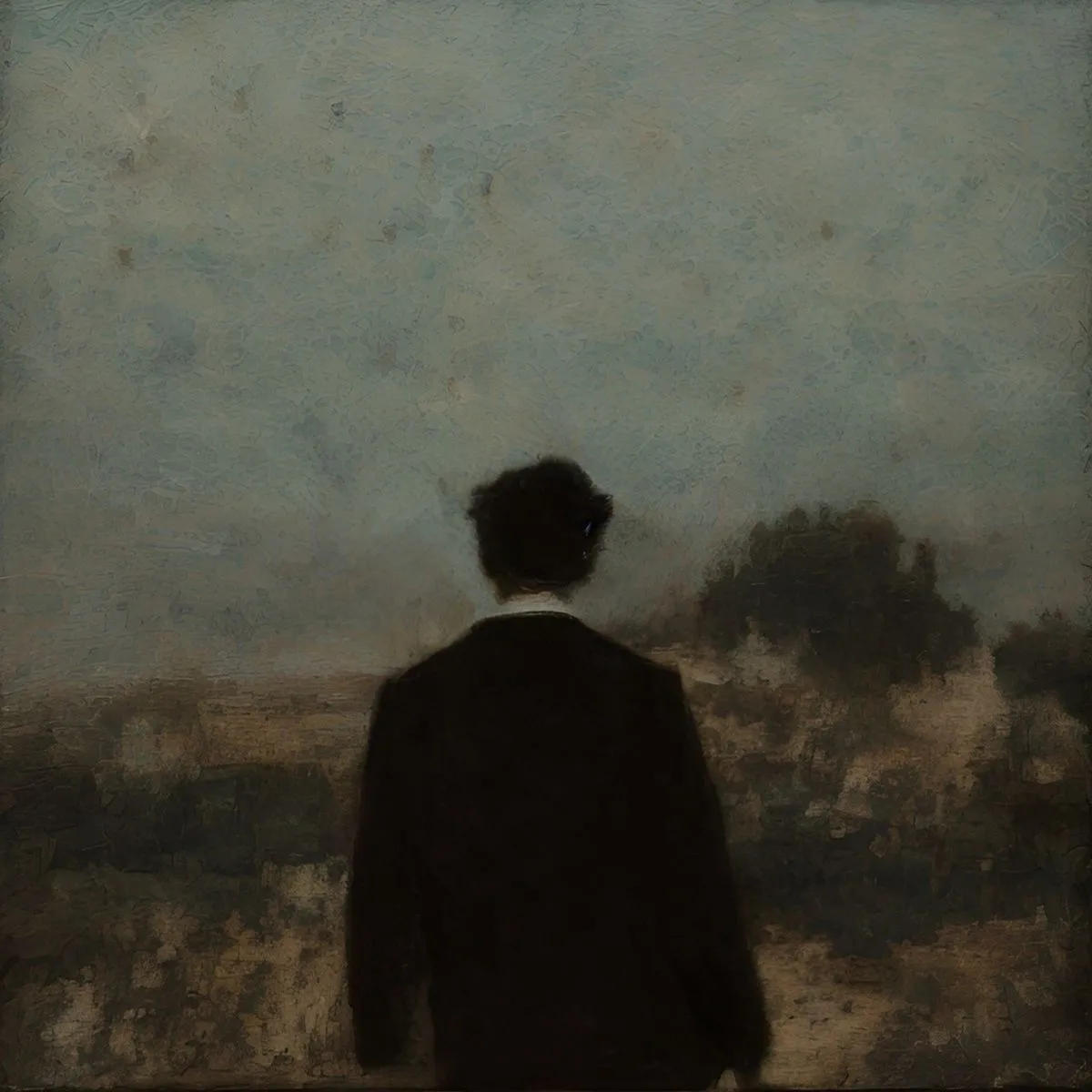Where Death Ends, Loneliness Begins

Death is supposed to be an end. A door that closes. A last breath, a final line, a vanishing point. But loneliness… loneliness is a continuation. A haunting without the courtesy of a ghost.
The lonely spirit is not frightening because it is dead, but because it isn’t entirely. It lingers. It waits. It refuses to complete the act.
Where death is certain, loneliness is indefinite. Death is silence; loneliness is static. A kind of noise that never resolves into meaning, only movement. The sound of footsteps that lead nowhere. The flicker of a light with no source.
Ghosts are often described as the dead who remain — but the lonely ones remain not out of anger, or vengeance, or unfinished business. They remain because they were never truly seen in life, and never truly let go in death. They are held in place not by chains, but by absence.
Loneliness is not the same as being alone. It is the ache of presence denied. The horror of reaching out and touching nothing — again and again and again. And so the spirit reaches, endlessly. Not because it doesn’t know it’s dead. But because it isn’t ready to admit that it no longer matters.
Death is an event. Loneliness is a condition.
A body dies once. But a spirit can suffer loneliness forever.
In this way, lonely spirits are mirrors of the living — the elderly woman who stares out the window all day, the man scrolling through contacts he never calls, the child waiting for a parent to remember them. We are taught to fear ghosts, but the truth is: we fear becoming them.
Because loneliness can feel worse than death. Loneliness is what happens when you are still here, and no one else is.
A ghost, then, is not terrifying because it’s dead.
It’s terrifying because it remembers what it was to be alive.
And it’s still waiting for someone to remember it back.